formal teaching and informal learning:
BAU540 Gaochun New District Kindergaten to Year Nine School
Gaochun, Nanjing, Jiangsu Province, China
Discipline
ArchitectureTypology
EducationCity
Gaochun, Nanjing, Jiangsu Province, ChinaDate
2013-2016Status
Completed August 2016Client
Gaochun New District Education BureauProgram
Kindergarten, primary school, middle school, canteen, dormitories, sports and activities hall.formal teaching and informal learning
towards a new pedagogy
The project site is located in a new residential district of Gaochun, a small but growing town 100km from the megacity Nanjing. It has existing high schools on either side. This school completes the learning precinct with kindergarten, primary school, and middle school, including shared gymnasium, canteen, and support facilities. This design moves towards a new model for learning spaces, one that encourages more active and more collaborative learning approaches.
Chinese public schools utilise one dominant learning approach, which consists of a teacher-focused dissemination of knowledge. Classrooms reflect this with students aligned in rows. Buildings reinforce this with rows of classrooms arranged in equally spaced slabs with little apparent connection between them. Classrooms are required to face north in most parts of China and face south in the cooler northern provinces. This is a passive learning environment.
The prevailing pedagogic approach in many western countries has swung towards active and collaborative learning. The design of most general teaching spaces will usually need to support both tutor-led and learner-led activities. These will include presentations, discussion, collaborative project work, and information retrieval and sharing. Students learn as much from one another, and the internet, as they do from the teacher. Formal classroom spaces are often accompanied by informal learning spaces with free furniture for interactive learning.
Chinese public school architecture becomes increasingly regulated and regimented through kindergarten, primary, middle and high school. The design of this school exploits the few freedoms available to the architect to create interactive, unpredictable, social, and humane learning environments. While regular classrooms are rigidly arrayed, the science, art, music, sport, and extracurricular spaces provide a dialectic alternative.
order and dis-order (but not randomness)
An urban spine with a continuous colonnade either side connects the three schools together. This spine commences at the main gate and terminates at the gymnasium. Linked to all major social spaces of the school, this urban space is guaranteed high activity.
The courtyard spaces of the primary and middle school connect directly to this spine, with the teaching pavilions a further layer beyond this – all providing a layered transition from informal learning to formal teaching From the classrooms to the open corridors, to terraces and court yards, to, eventually, the central spine, public space is transformed from the ordered to the more relaxed. In their free time students can explore this campus like they can a city.
While the standard classrooms are strictly arranged, the extracurricular classrooms and other public facilities explore other typologies and other ideas of order. The courtyard typology and a courtyard-and-perimeter block-hybrid are used to provide spaces of various scales adjacent to teaching areas, encouraging students to venture out of the classrooms into more relaxed and playful or intimate spaces.
To further enhance the sense of place, the architectural expression of the various courtyards varies from kindergarten to primary to middle schools. The Kindergarten has free forms and smoothly curved surfaces; the primary school has courtyards interspersed with coloured boxes; while the middle school explores orthogonal forms.
a campus of paths and precincts
The landscape design extends to all corners of the school campus and aims to provide an inspiring and highly communicative environment that encourages physically activity, while contributing to children’s physical and mental development.
A strategic system of shortcut paths connects major parts of the campus. All shared public areas are shaded by trees and become vibrant, green spaces with an abundance of seats and tables, offering various small areas for sports, games and play opportunities. These public areas also provide possibilities for gatherings for social activities at various scales. They also provide more passive, intimate areas for students to relax or withdraw from hectic school life.
Each of the schools is seen as occupying a precinct and these precincts are developed as diverse and vibrant spaces, utilizing playful forms that reflect the age of its users.
The planting is designed in three layers, each rich in plant varieties. There is an abundance of native deciduous and evergreen trees including fruit trees, which are combined with flowering shrubs and perennials that will attract local fauna and thus enable close and unpredictable nature experiences for the children.
conclusion
This project tests the differences and boundaries between teaching and learning. It also explores relations between building, campus and city.
- Infrastructure
- Public
- Residential
- Healthcare
- Education
- Culture
- Office
- Retail
- Hotel
- Hospitality
- Mixed Use
- Sports
- Planning
- Urban Design
- Public Landscapes
- Private Landscapes
- Playgrounds
- Structures & Pavillions
- Residential
- Healthcare
- Education
- Culture
- Office
- Retail
- Hotel
- Hospitality
- 2023
- 2024
- 2021
- 2020
- 2019
- 2018
- 2017
- 2016
- 2015
- 2014
- 2013
- 2012
- 2011
- 2005-2010
- 2000-2005
- 1990-2000




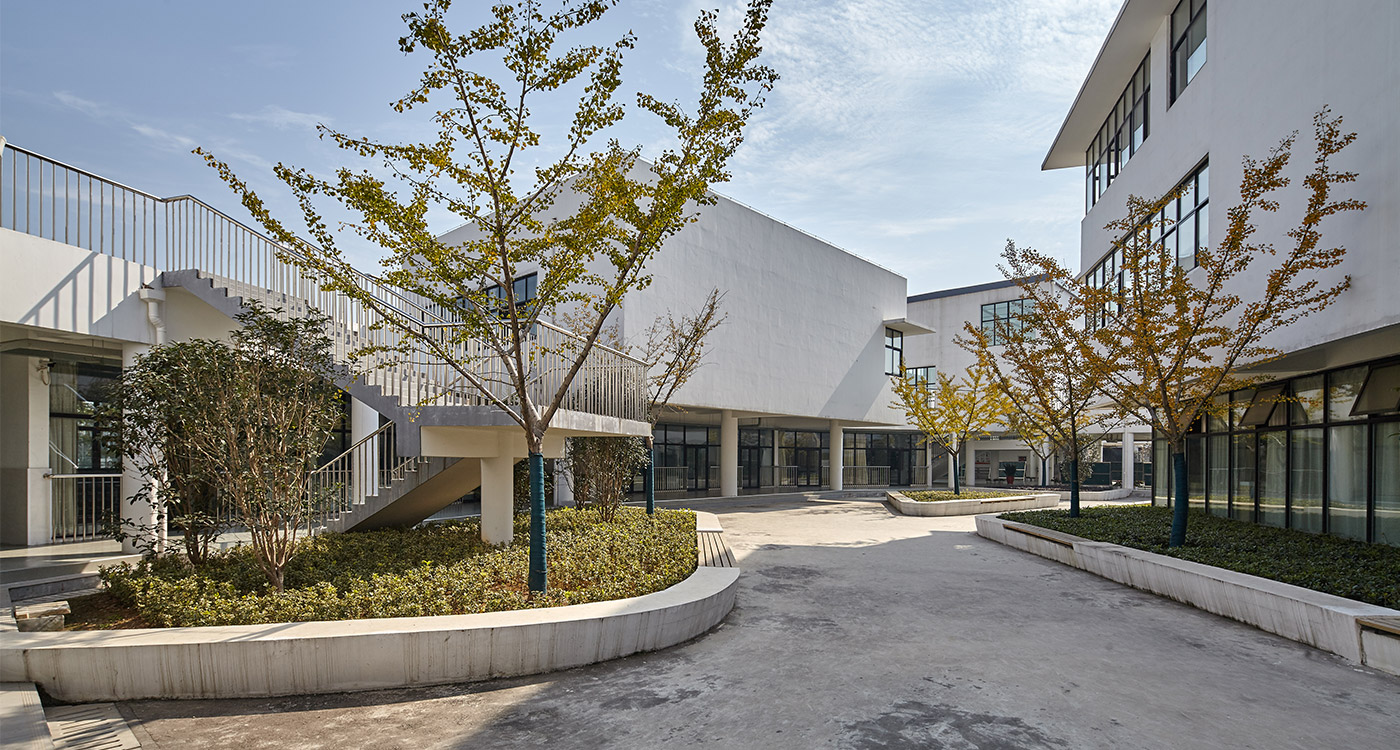



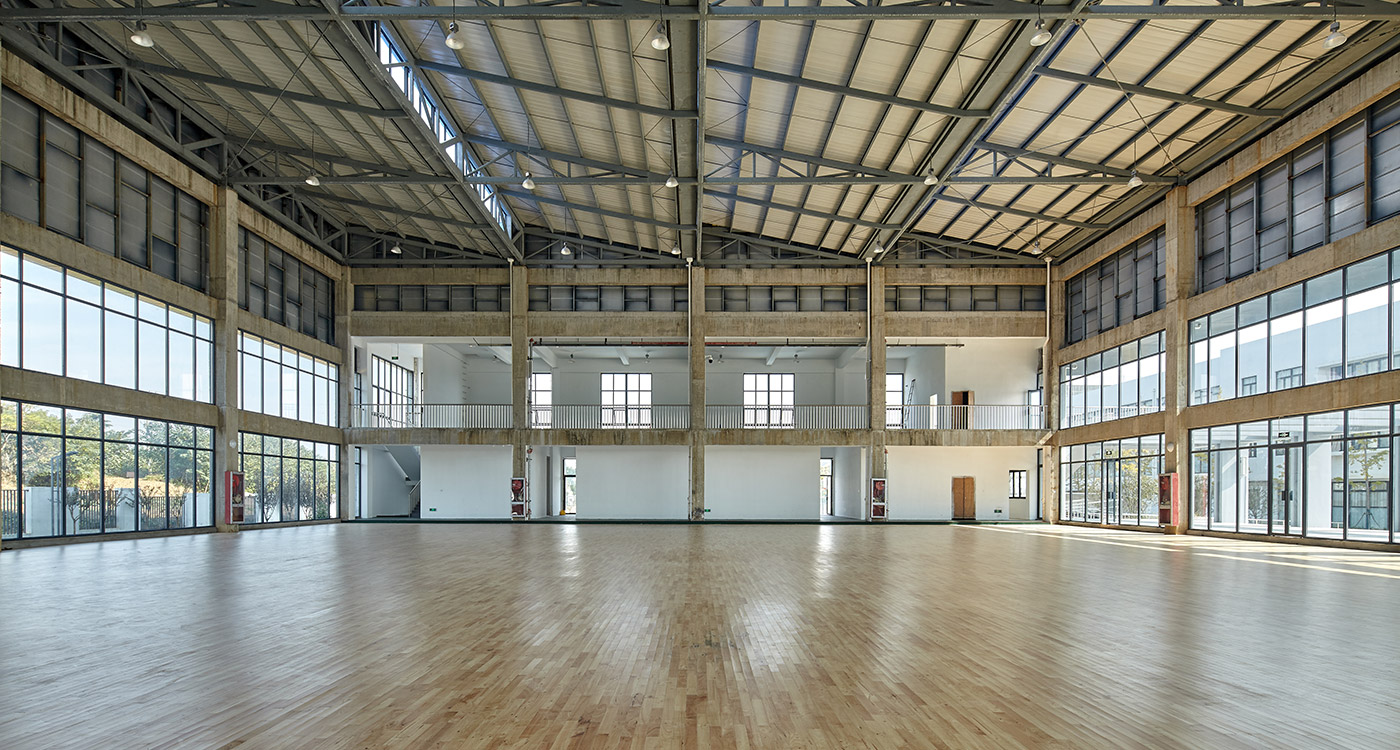
















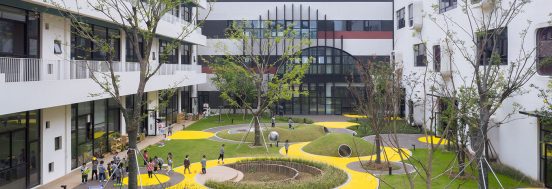











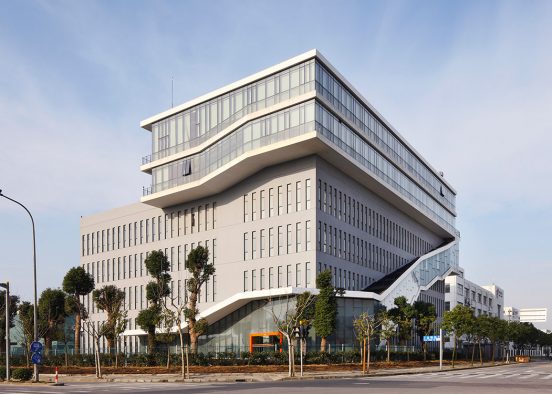


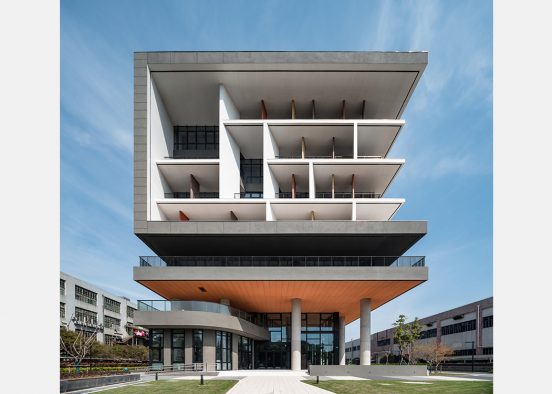


















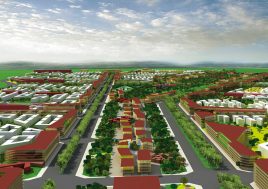





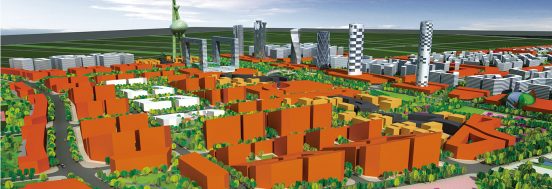







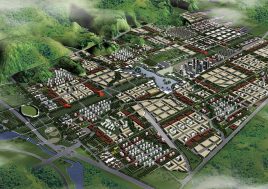










































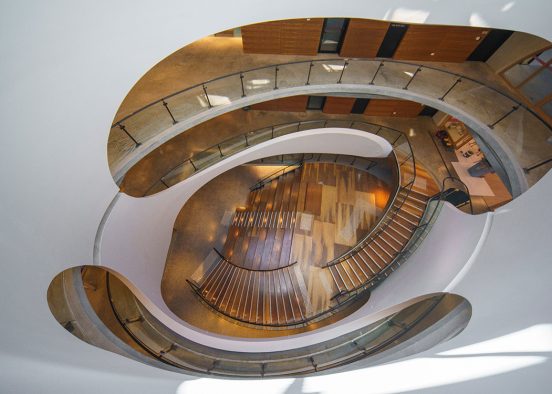








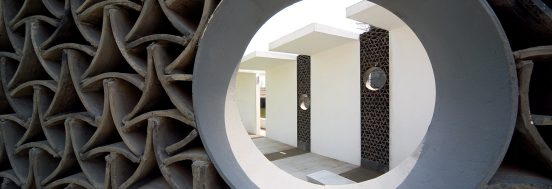

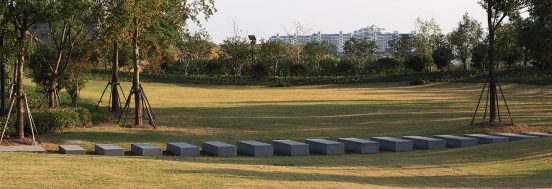
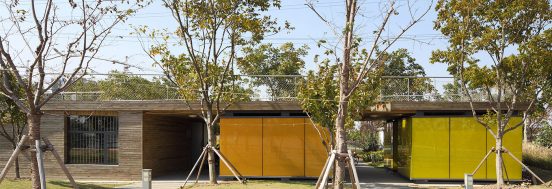


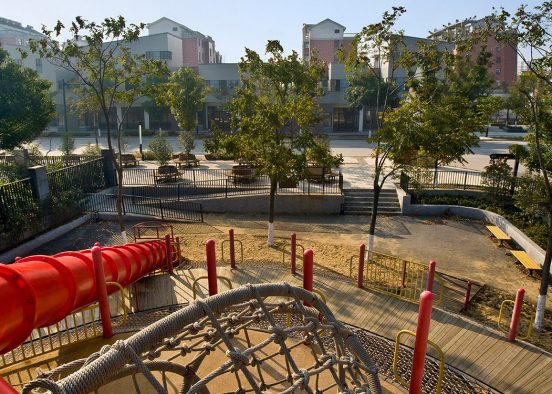













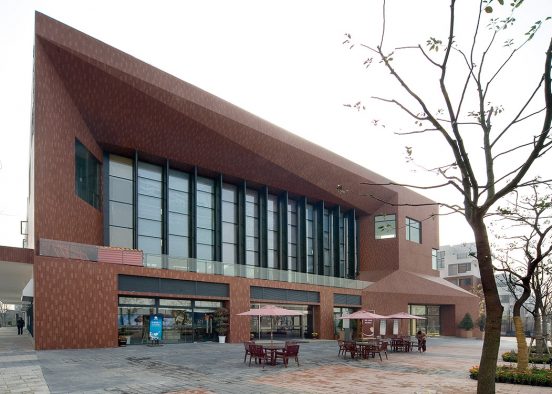
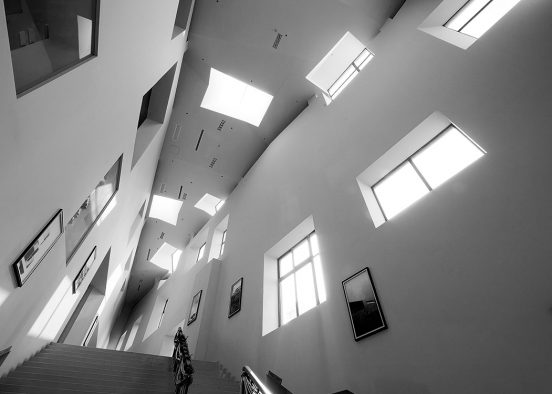
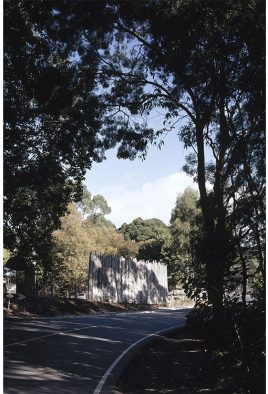
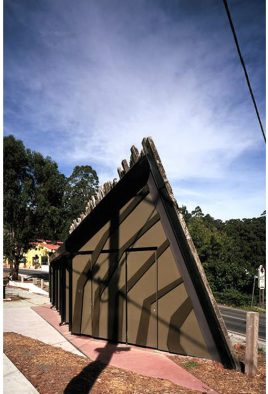













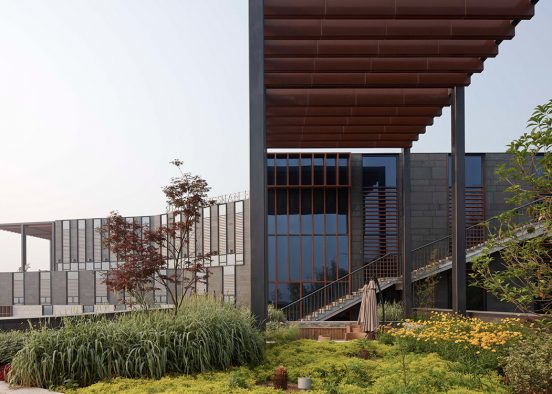








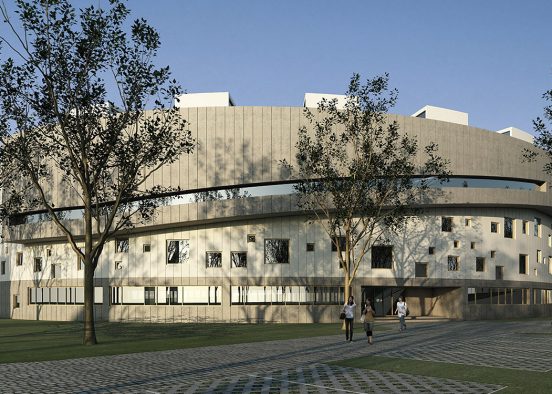







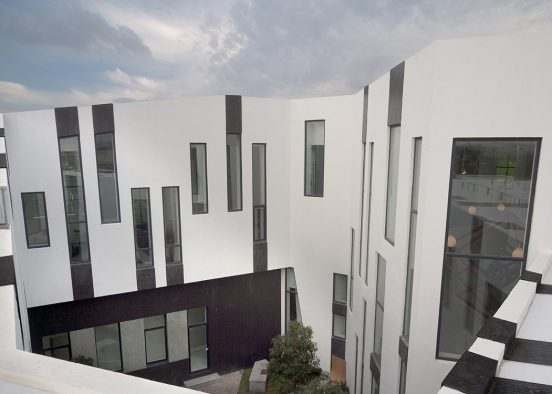








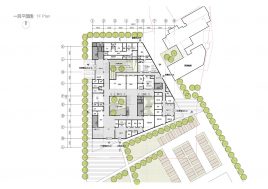


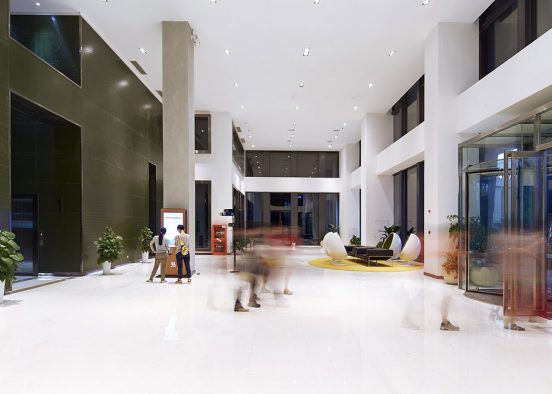

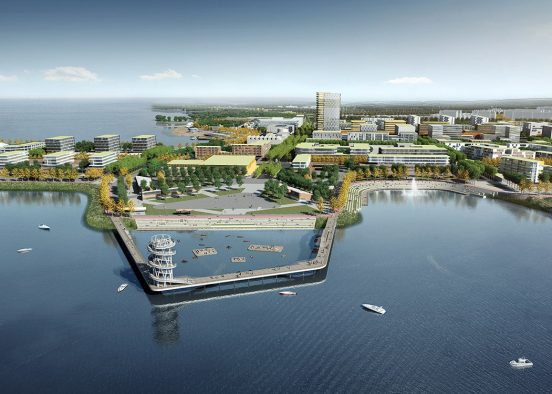





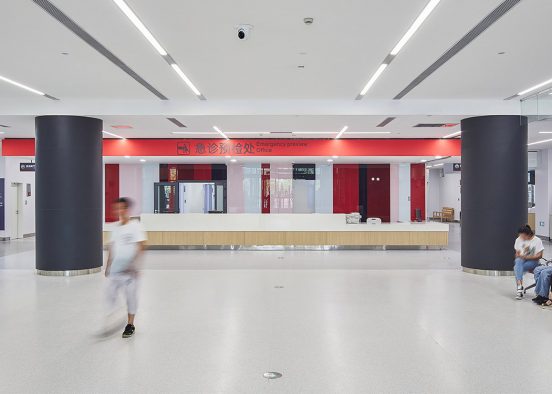




















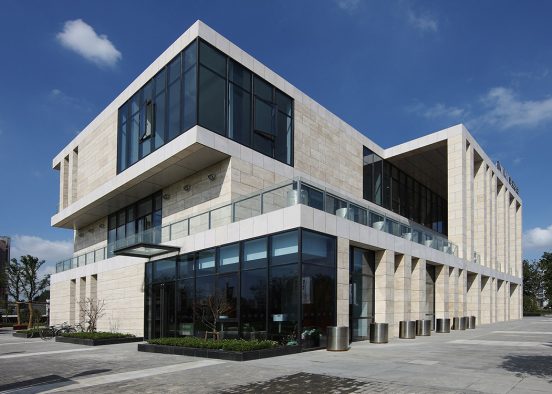










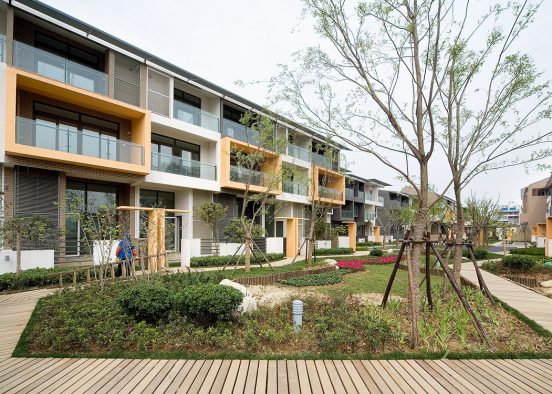
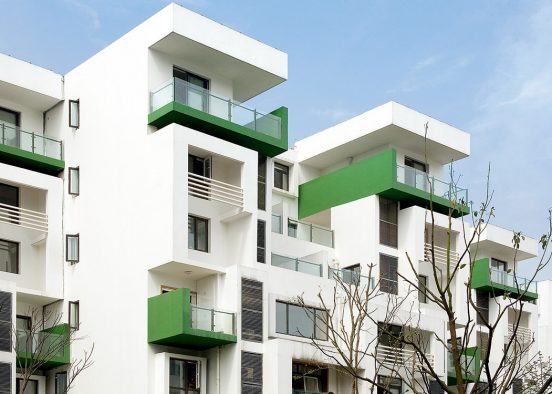









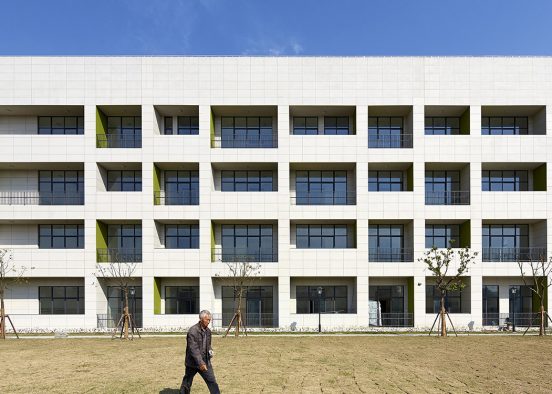
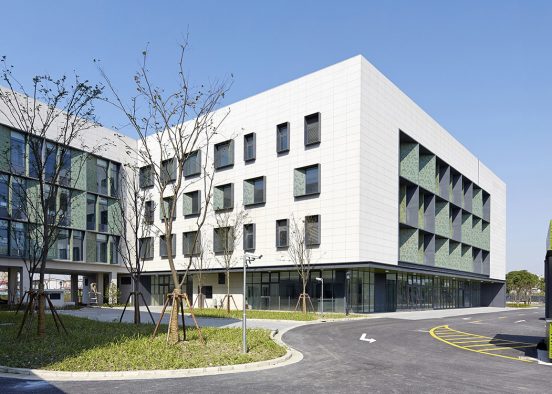


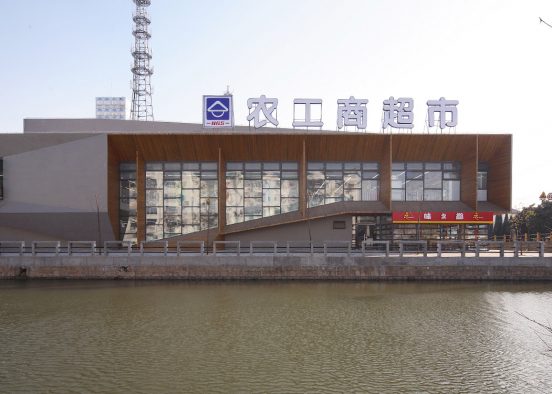
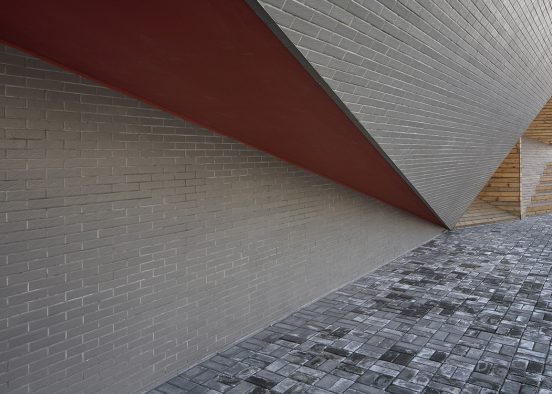

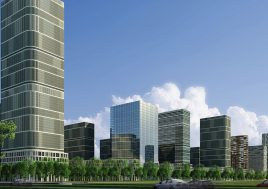



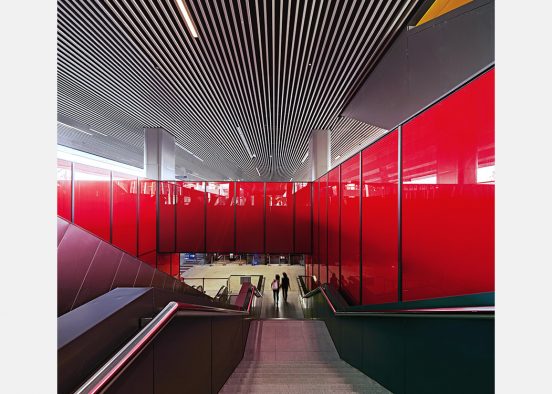


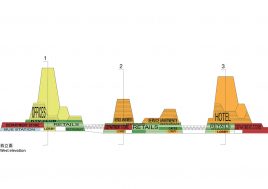







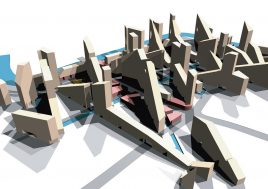



















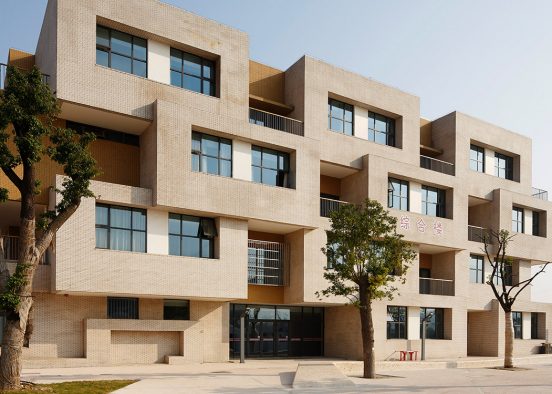



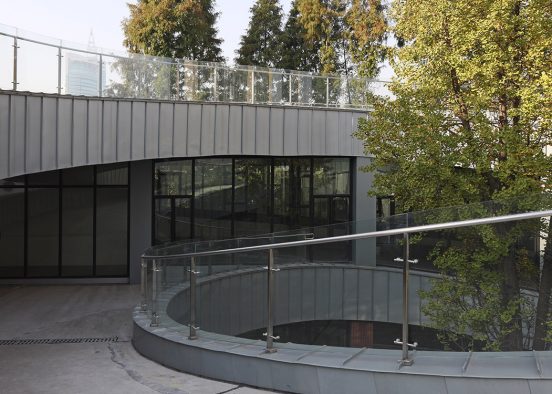
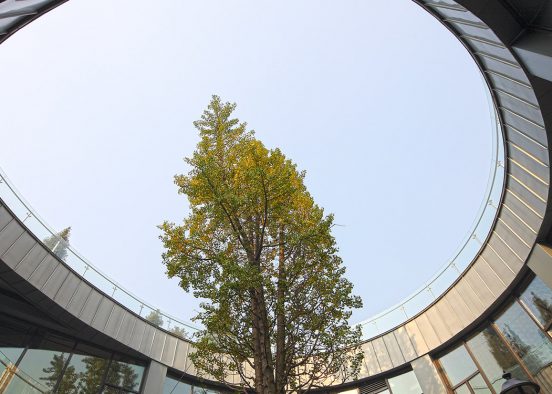



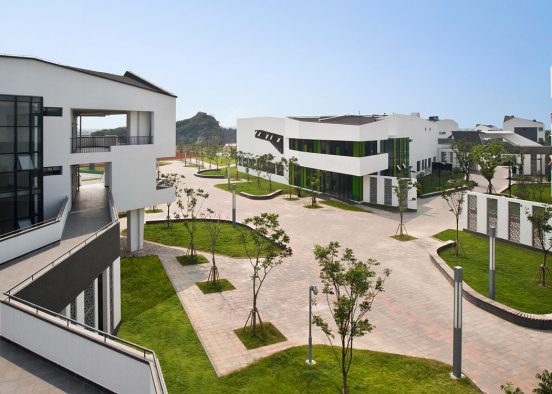




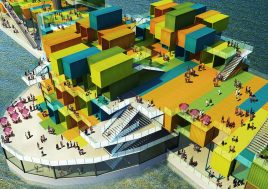












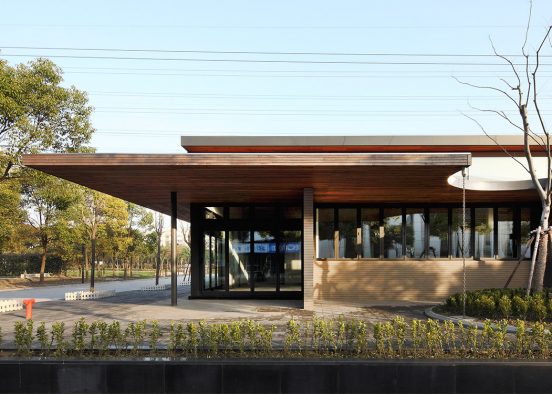








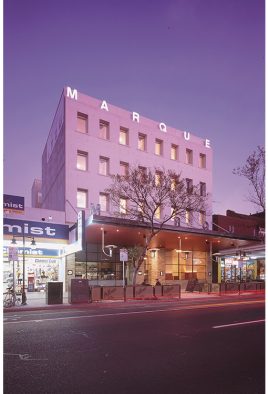














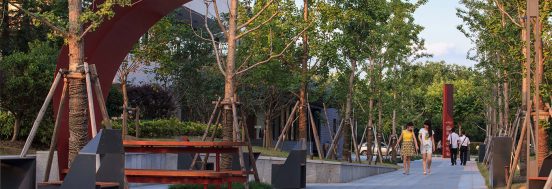

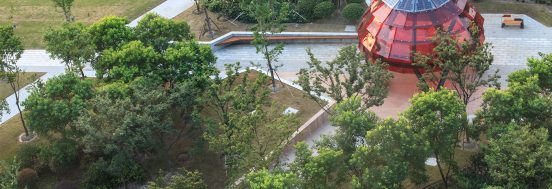

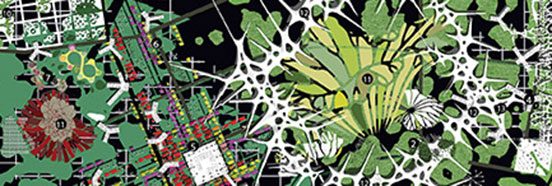













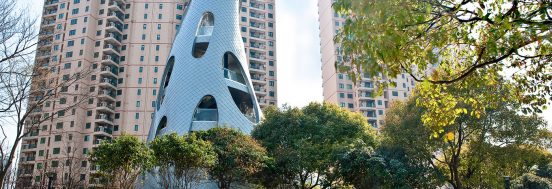
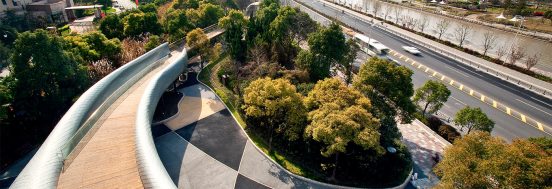




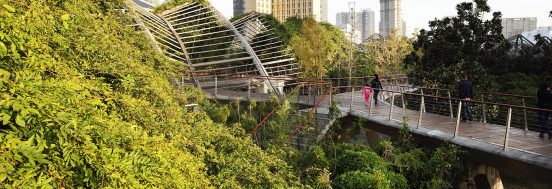
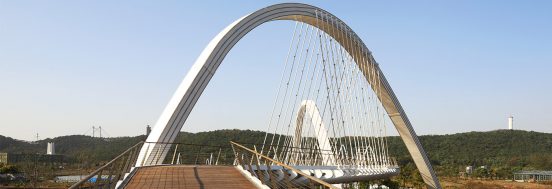
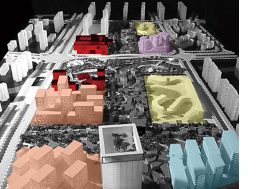

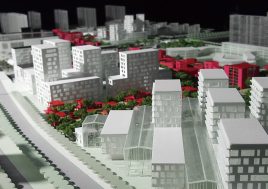






 Back to projects
Back to projects
